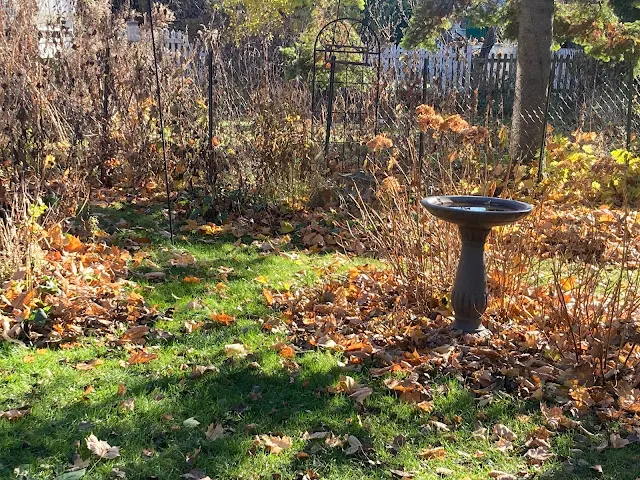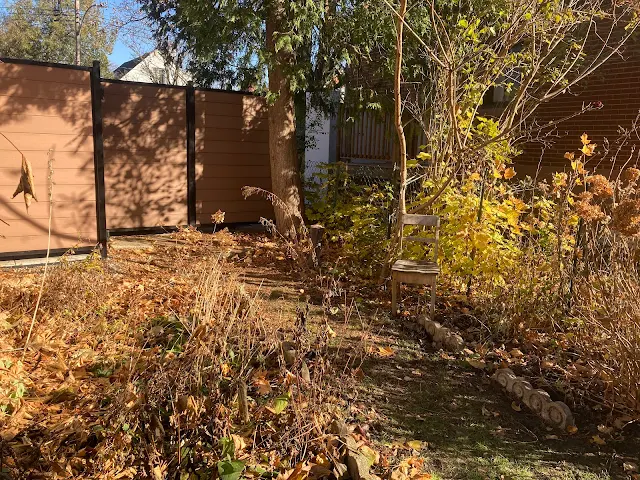.JPG) |
| Upper and lower photographs are of T.L. Morrisey's office at 260 St. James Street; Notman photograph, McCord Museum, 1894 |
This essay by T.L. Morrisey is taken from:
Canada's Future, What She Offers After the War
A Symposium of Official Opinions
Edited By E. A. Victor
Copyright Canada, 1916
Published by:
The MacMillan Co. of Canada, Ltd
Toronto, MacMillan and Co., Limited
 |
| Thomas Louis Morrisey, around 1917 |
By T. L. Morrisey
Author's biography: Thomas Louis Morrisey: born I860; president, All Canada
Fire Insurance Federation: past-president, Montreal Insurance Institute; past-president, Canadian Fire Underwriters Association. One of the leaders in the insurance world. He is the father of T.S. Morrisey and the Beaver Hall artist, Darrell Morrisey.
It would, indeed, be difficult to find a truer index to the material growth of Canada than the steady increase in the volume of fire insurance reported to the Department of Finance at Ottawa.
Insurance on property presupposes property; therefore, the amount at risk held by the fire insurance companies operating within the territory may be taken as a reasonably safe guide in estimating the wealth of the community.
The Dominion of Canada came into being in the year 1867, and although the Fathers of Confederation overlooked specifically mentioning insurance as coming within the pur¬ view of the legislative powers of Parliament, nevertheless, the legislators of that day, sitting at Ottawa, appear to have had little doubt on the subject, since one of their earliest acts— Act 31, Vic., Cap. 48—related to insurance.
The first return to Parliament, under this Act, was presented at the second session of the first Parliament, covering the year 1868.
A perusal of this report now, in the light of later developments, proves very interesting reading.
The total amount of fire insurance in force on December 31st, 1868, was $203,653,894, a sum, no doubt, considered by our sturdy forebears not to be despised. Possibly when we picture to ourselves what Canada was then—four provinces not yet connected up; the conditions of life, simple, as com¬ pared with the complex social existence of to-day, the then chief sources of wealth being the four basic industries, agriculture, fishing, mining, and lumbering, the latter including the cognate industry, wooden shipbuilding—the great indus¬ trial development that has since taken place being still hidden m the womb of the future—we, too, can perceive why the modest figures of 1868, taken as an earnest of what was to come, amply justified the satisfaction of our forefathers.
The gradual expansion, and industrial development, of the country is reflected in the returns for succeeding years.
For the purpose of comparison, the amount at risk as at 31st December, 1868, and the corresponding figures for 1874, and at each quinquennium thereafter, are here given. These figures speak more eloquently than words:—
1868.$203,653,894
1874.$321,132,413
1879. $407,357,985
1884.$605,507,789
1889.$694,538,378
1894. $836,067,202
1904. $1,215,013,931
1909.$1,863,276,504
l914.$3,456,019,009
The population of Canada in 1868 was probably around 3,250,000 (census, 1871, 3,485,761). To-day it is, roughly, 8,000,000 (census, 1911, 7,206,643). Thus, while the popula¬tion has increased less than two and a half times, the fire insurance on property, as reported to the department at Ottawa, increased seventeen times.
It must be borne in mind that the figures quoted, being merely for the purpose of comparison, are, of necessity, limited to the amount carried by companies licensed by the Dominion Government, since no others are available for the earlier period. The control of insurance, unlike banking, has never been assumed solely by the Dominion. The provinces have also granted charters and licensed companies to carry on the business of insurance within their respective borders, and the volume of business so written by such companies, as com¬ piled from latest available reports (Ontario, 1913) reaches the very respectable total of $753,078,617.
This is not all. Under the Insurance Act of Canada, paradosical as it may seem, insurance with unlicensed com¬ panies—having no legal status in the country—is permitted; persons placing insurance with such companies are merely required to make a return of same to the superintendent of insurance.
The insurance placed with unlicensed companies, as re¬ ported for 1914, amounted to $219,743,335, which, while a sensible reduction from that reported for the preceding year, is still considerably in excess of the amount at risk of all companies in 1868.
Taking the amounts for the three classes of companies, we find:—
Dominion companies. $3,456,019,009
Provincial companies . $753,078,617
Unlicensed companies. $219,843,335
Grand total . $4,428,840,961
Here we have a rough-and-ready method of arriving at the value of all our buildings, and movable property; dwellings and their contents; churches, schools, colleges; warehouses and stocks of merchandise; factories and machinery; farm buildings, implements, and live stock; grain and lumber; steamboats plying on inland waters; railway property, other than right-of-way; in short, property in every conceivable form liable to destruction by fire.
Having regard to the uninsured property, and property, though insured, under-insured, a fair estimate would be to place the insurance carried at 50 per cent, of the actual value, which would yield a sum of $8,857,681,922, or well over $1,000, for every man, woman, and child in the country.
The people of Canada are, likewise, forehanded; they have money in the bank, the amount standing to their credit in savings account as at 31st July, 1915, being no less than $683,761,432. They carry life insurance to the extent of $1,216,955,432, upon which they paid premiums (1914) of $41,129,724.
Our wealth does not stop here. We have thirty thousand miles of railway; highways and bridges; municipal improvements, such as pavements, water, sewerage, and lighting systems, all contributing to the comforts of modern life. Our interest in these may be only an equity, as the bondholders, and m the position of mortagagees, but the benefits accrue to us.
Then, to cap all, we have a very nice little parcel of real estate, its "metes and bounds" being as follows: on the north, the Arctic ; on the east, the Atlantic ; on the south, the 49th parallel of latitude ; and on the west, the Pacific, comprising, in all, three and three-quarter million square miles, more or less, some of which has sold as high as $128 per square foot.
Upon this estate is to be found a great diversity of natural resources: coal in abundance, east and west; minerals, base and precious ; orchard and argicultural lands suitable for all kinds of farming and producing the finest wheat in the world; the largest forest reserves; fur-bearing animals; shores teeming with fish; rivers and lakes navigable to the heart of the continent ; rivers not navigable, but possessing value as water-power, or hydro-electric, estimated at 20,000,000 horsepower, of which not 10 per cent, has been developed.
Climate is sometimes urged against us, but even this has its compensations; for, if it is cold in winter, may we not reckon amongst our most valued assets the longest hours of sunshine in summer? Old Sol, with an utter disregard of labour union maxims, does not hesitate to work overtime in the ripening of our crops.
To the climate may we not also attribute, in no small degree, the most valued asset of all the strong, hardy, self-reliant, virile race engaged in the world task of building a nation on this northern half of the North American continent ?
The sons of Canada have proved their mettle upon every occasion that has arisen. The same spirit that prevailed in 1885, when the Rebellion in the North-West threatened their country, and again in 1899-1900, when they answered the call of Empire half way around the world to South Africa, is the spirit that asserted itself immediately the long-talked of German peril crystallized itself into German attack upon their national life. The response of Canada was quick, and befitting the proud position she occupies amongst the free and self-governing communities forming that glorious Empire which stands for everything that makes for the uplift of mankind.
In the never-to-be-forgotten April days of the eventful year, 1915, when the torture of suspense spread like a pall over the country to its remotest corner, to be followed by the thrill of pride and exultation, as the story of the glorious deeds of the Canadians at Ypres and St. Julien gradually unfolded, a nation was born! There, upon the classic battle-ground of Europe, that witnessed the military operations of the mighty Caesar and his legions, and, down through the centuries, the struggles of various peoples for mastery ! There, against the onslaughts of the greatest military organization the world has ever known, employing methods entirely novel in warfare, and, be it said to the everlasting disgrace of Germany, as despicable as novel, these new-found warriors of the twentieth century held fast, and, in the words of their illustrious commander-in-chief, "saved the situation".
May it not well be asked, where is there another eight million people as highly favoured as this eight million, another community possessed of the same per capita wealth, potential as well as in being? Should we not justly be proud of our heritage our "place in the sun" and forever be prepared to defend it to our last dollar, and our last man ?
.JPG)
.JPG)
.JPG)



.JPG)
.JPG)

.JPG)
.JPG)










.JPG)
.JPG)
.JPG)
.JPG)
.JPG)
.JPG)
.JPG)
.JPG)
.JPG)
.JPG)
.JPG)
.JPG)
.JPG)














